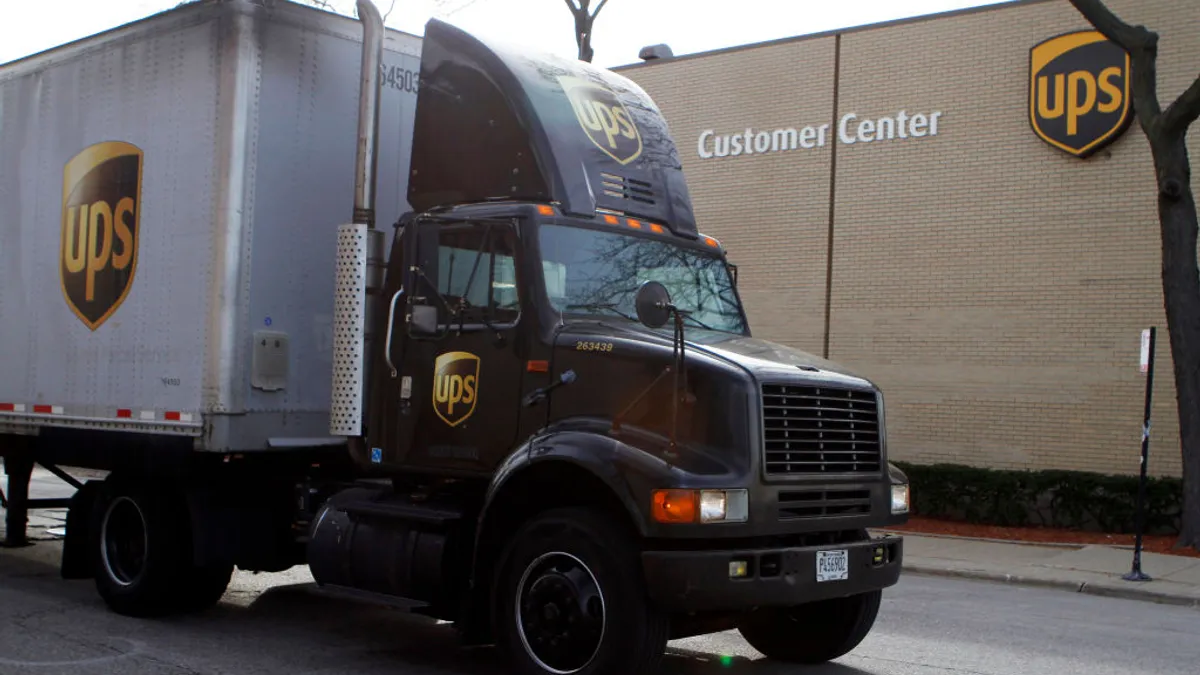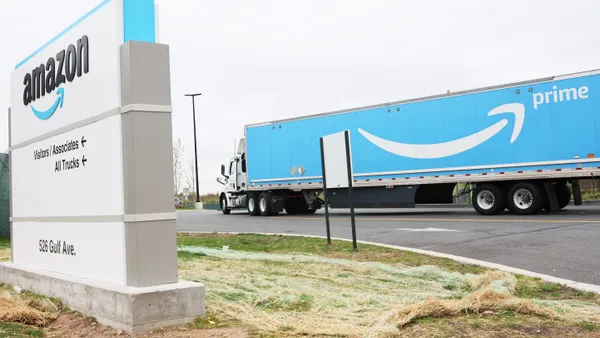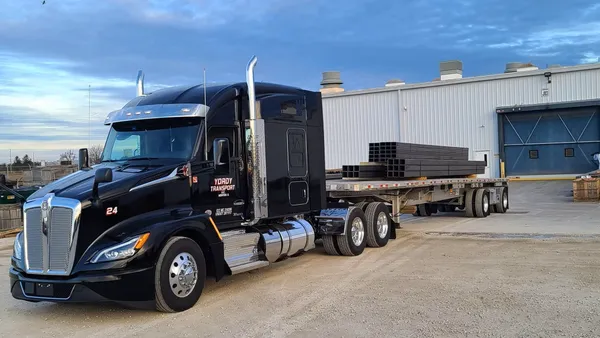Dive Brief:
- UPS could sell or make changes to its truckload brokerage Coyote Logistics following a significant hit to its Q4 earnings, UPS CEO Carol Tomé said on an analyst call Tuesday.
- “We plan to explore strategic alternatives for our truckload brokerage business known as Coyote,” Tomé said, noting concerns about considerable volatility of a highly cyclical business.
- The company posted an $84 million impairment charge related to Coyote, according to its earnings report. The unit continued to face pressure in the quarter from excess capacity in the market, UPS CFO Brian Newman said on the earnings call.
Dive Insight:
UPS is considering strategic alternatives to Coyote, which could include selling the business.
Options include keeping the service without all the overhead, Tomé said, but she also acknowledged that “perhaps the business is worth more to someone else than it is to us.”
The package delivery company acquired Coyote in 2015 to diversify itself, but Tomé suggested UPS didn’t fully grasp at the time the extent of the cyclical nature the business.
During the COVID-19 pandemic, Coyote reached $4 billion in revenue, Tomé noted. “It's come way down since then,” she said.
When UPS acquired Coyote, it hailed the deal for its ability to bring synergies, whereby the brokerage could leverage UPS trucks.
But revenue in 2023 for the company’s Supply Chain Solutions segment dropped $3 billion or nearly 20%, down to $13 billion, according to a financial statement. Within the supply chain segment, “Coyote made up 38% of the decline for the year and 48% of the decline for the fourth quarter,” Tomé said.
The transportation company’s Supply Chain Solutions segment, which includes the truckload brokerage as well as forwarding, logistics and distribution services, recently hit record levels of operating profit. It notched $1.7 billion in both 2021 and 2022, but operating profits then dropped by more than half in 2023 to $834 million.
Noting other issues with its earnings, UPS also detailed plans on the earnings call to reduce its workforce by 12,000 positions, with 75% of the layoffs occuring in the first half of 2024.















